Head Start on Engineering: Collaborating with Families for a More Equitable Vision of STEM Education (2023)
Description
Head Start on Engineering (www.terc.edu/hse) is an ongoing initiative focused on empowering families to use engineering to help their children thrive. We also aspire to collaborate as equal partners with the communities we serve and inform a more equitable vision for engineering education in our society. The project is a partnership between TERC, Mt. Hood Community College Head Start, University of Notre Dame, and the Oregon Museum of Science and Industry. Over the last several years, our work with families has highlighted the unique ways that families with preschool-age children (3 to 5 years) engage with engineering and how they adapt and leverage these experiences to support their children’s learning and development.
Ve la versión en español. (View Spanish version.)
NSF Awards: 1515628, 1906409, 1906433, 1930848

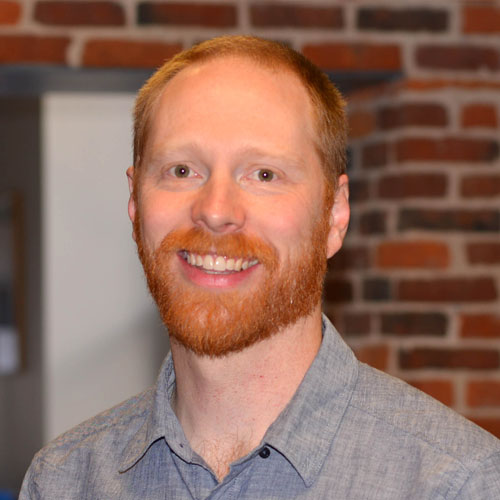
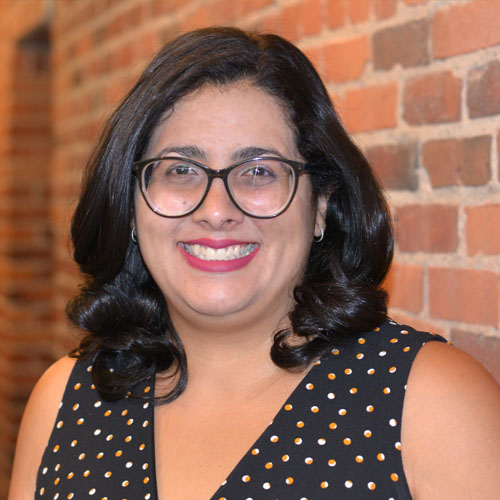
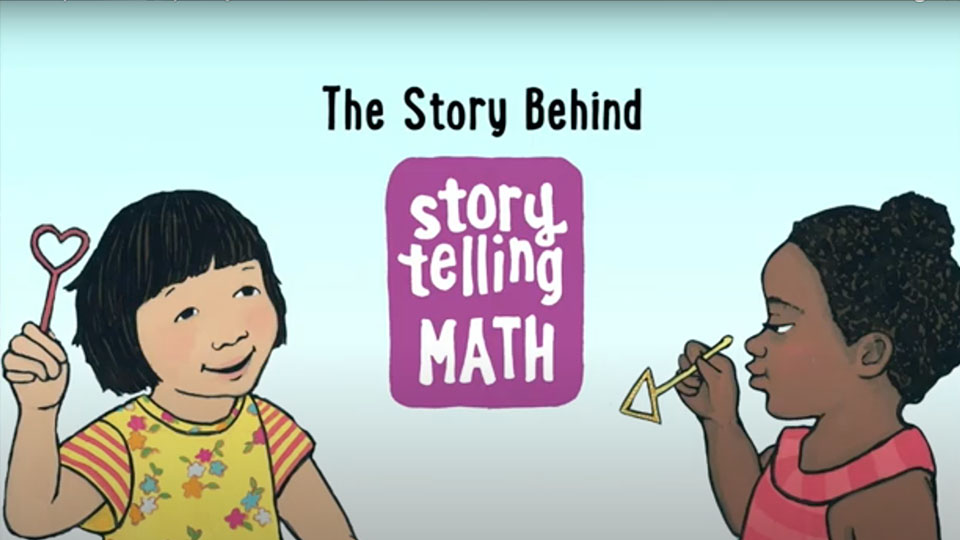
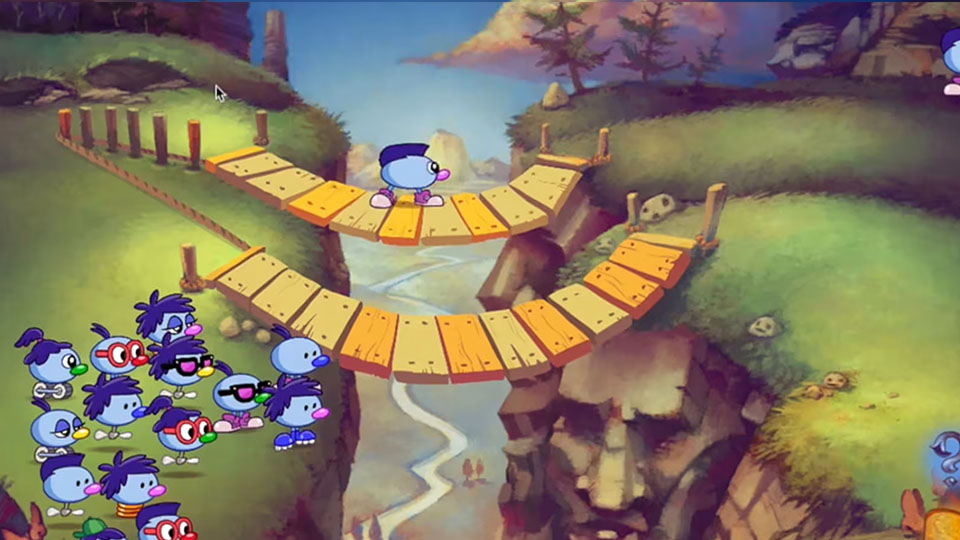
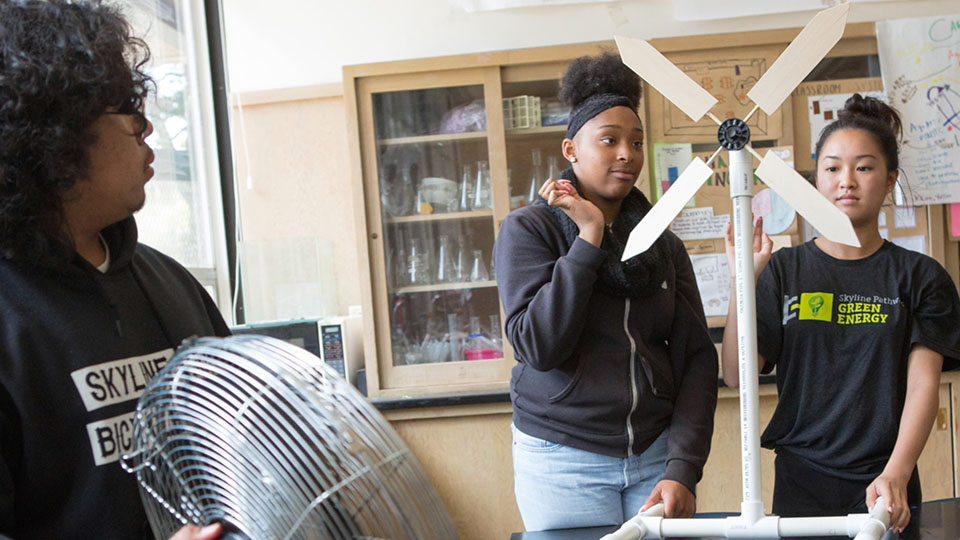
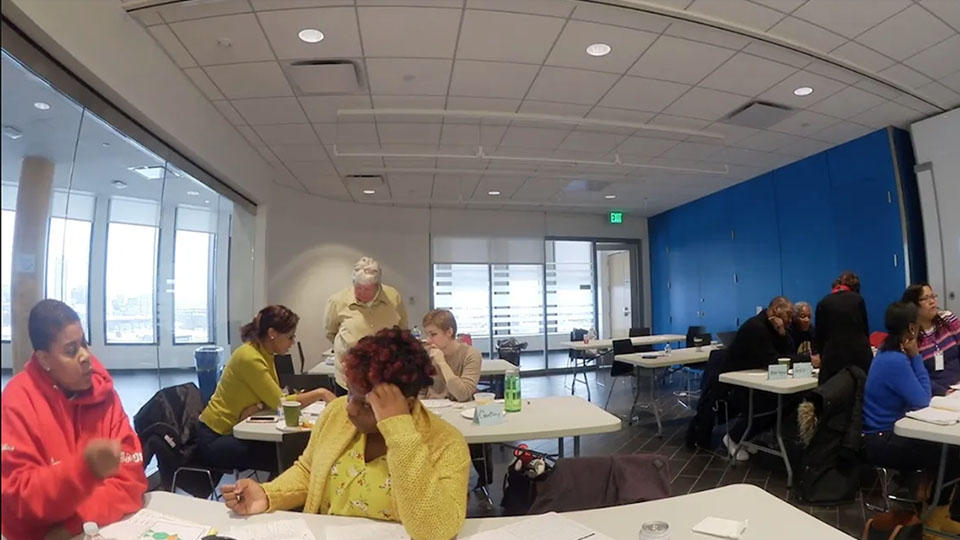
Smirla and I will be moderating the online discussion, and hopefully a few other team members will be dropping in as well. This is a highly collaborative project that has been going on since 2014 and includes staff and families at Mt. Hood Community College Head Start, community engagement specialists at the Greater Middle East Center, and STEM researchers and educators at TERC, University of Notre Dame, and the Oregon Museum of Science and Industry. Throughout the project, we have aspired to rethink the ways we work with families and community partners as a key part of our equity commitments.
Please share your thoughts and feedback. Here are a few questions that are of particular interest to our team:
We have a bilingual team here, so please feel free to share your thoughts and questions in either Spanish or English. We look forward to hearing from you on the discussion board!
I noticed that books were one of the objects that centered families’ attention while talking about engineering. Can you talk a little bit about how you have integrated books into a project centered in engineering?
Looking forward to the conversation!
My comments about empathy are based more on the work of others, since we have not looked at that construct as specifically. Here is an example article from the team at New York Hall of Science:
Thanks for sharing the article. We have seen very similar things in our research with women of color in engineering and computing. Using their STEM skills to help the community is a key motivator to enter and stay in their studies. I had not thought about when this starts, but it makes sense that it is not that different with children.
What does it look like to design research studies or develop programs that value the goals and interests of families at an equal level to those of researchers and educators?
One of the things that comes to mind is how we center community priorities with the same amount of effort and value that we do the research goals and priorities and eventually meld those together into the design. So, for example if spending time together in an intellectually and creatively stimulating way is a parent goal then a research goal can emerge on how to make this easier for parents to do. Another idea that comes to mind is continuing to involve parents in the growth of the research itself- parent research boards? Committee on Fun Time? Just incorporating ways to grow a parent’s skill sets in ways that are reciprocal and mutually beneficial would be rad.
Great job, team! Looking forward to following your work! 😀
Also, in response to your question around equity-centered methods, I think others have mentioned it above and before, but I have wanted TERC (at least locally in the Boston-area) to form a community board to engage more readily with families so that they help us co-develop and run projects collaboratively.